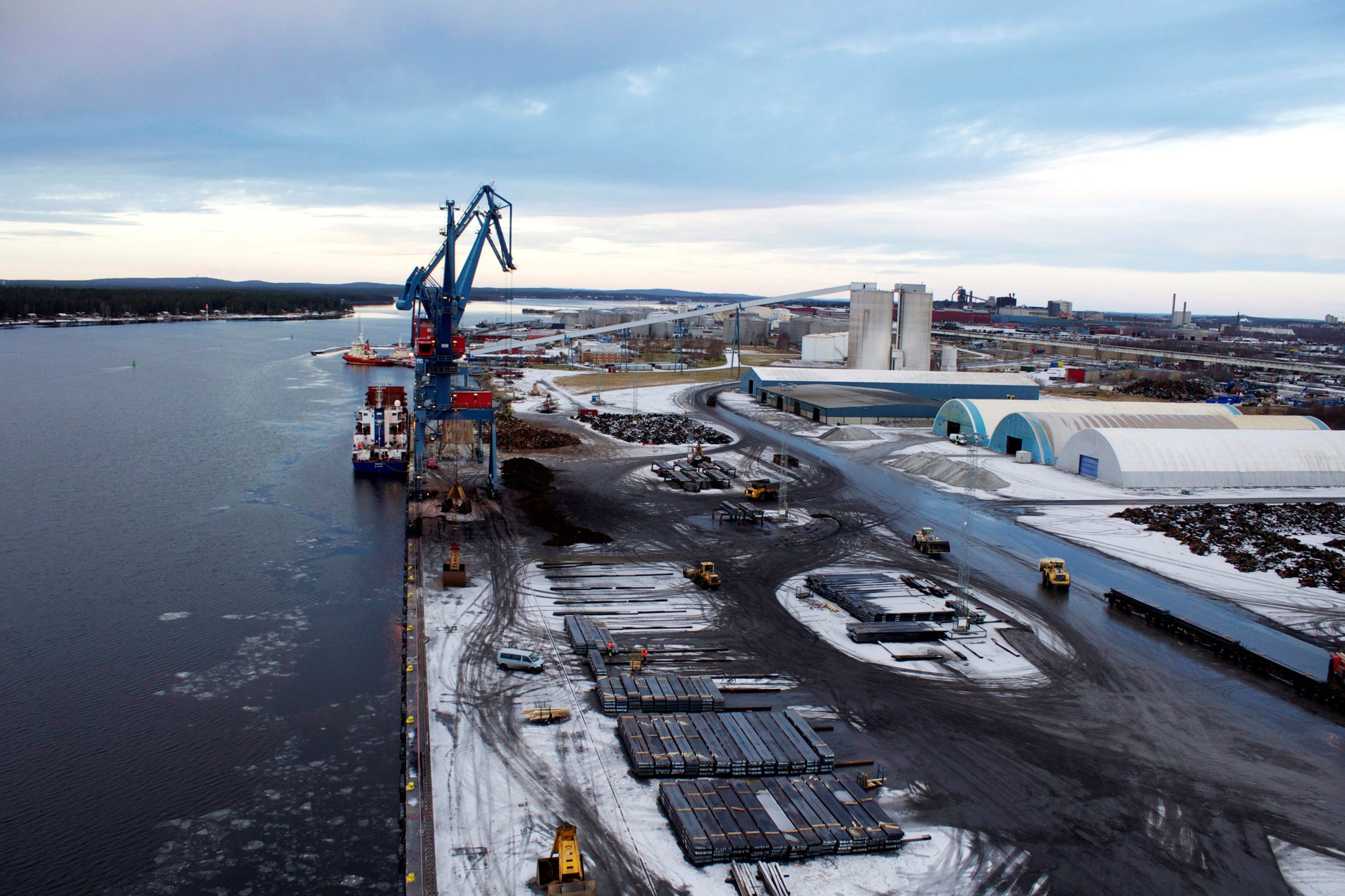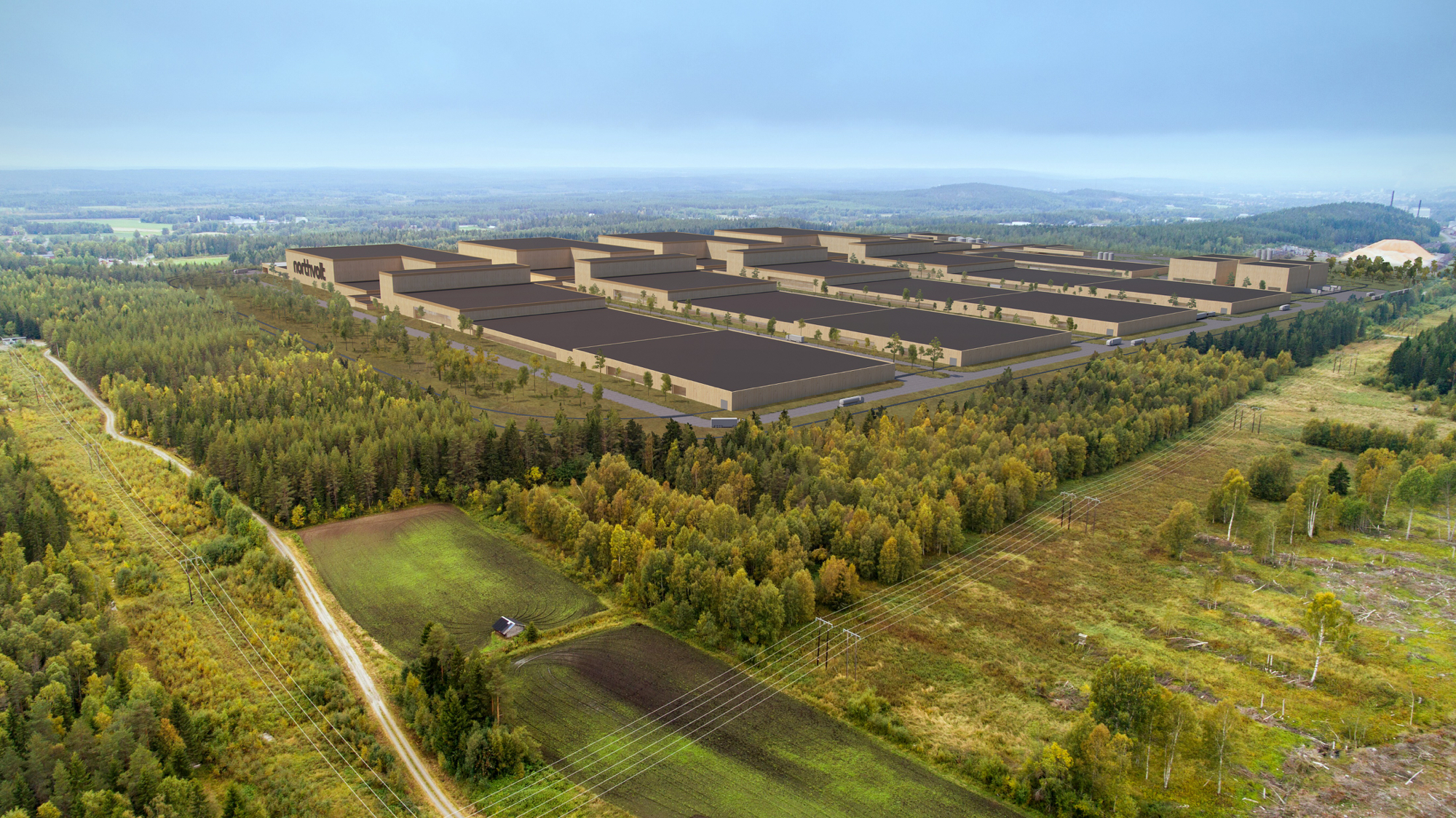Pulling power: the green lure of Sweden’s industrial far north
Renewable power is attracting green tech to Northern Sweden, transforming the region's economy.

STOCKHOLM — Long home to polluting industries, the hydro and wind power of Sweden’s far north is set to reduce the country’s carbon footprint as it lures low-emission manufacturers and creates thousands of jobs for those willing to brave the dark and cold.
Known internationally for reindeer and spectacular views of the Northern Lights, the region also has a surplus of cheap, renewable electricity needed by energy-intensive industries under pressure from shareholders and regulators to help curb global warming.
Planned investments, including the production of fossil-free steel and electric vehicle batteries, will exceed 1,000 billion crowns ($120 billion) in the next decade, Finance Minister Magdalena Andersson estimates.
“Job creation from the green transformation is not something that will happen in the future, it is happening in Sweden now,” she said in a presentation in May.
[Green tech projects could grow northern Sweden’s population by 20 percent]
EVs are a major part of the European Union’s roadmap to reach net zero emissions by 2050.
The bloc aims to have at least 30 million zero-emission vehicles on its roads by 2030 as it tackles the quarter of EU greenhouse gas emissions that come from the transport sector.
The need for the industry to meet legally-binding EU environmental standards made Sweden’s far north and its green energy an obvious choice for battery maker Northvolt, partly-owned by auto giant Volkswagen.
It is initially investing around 4 billion euros ($4.88 billion) in a gigafactory in Skelleftea, some 800 kilometers (500 miles) due north of the capital Stockholm, to produce batteries with 40 gigawatt-hours of energy storage by 2024 — enough to power between 700,000-800,000 electric vehicles.

“Access to the hydropower infrastructure … in Skelleftea was really essential,” Northvolt CEO Peter Carlsson said, citing local electricity costs of around one third of those in Germany and one fifth of those in China.
The jobs created are an opportunity for the relatively small local population and are also drawing in newcomers.
“Of course, I wish it were a little warmer,” said Senior Director Of Commissioning at Northvolt Christopher Gorelczenko, a U.S. citizen who arrived late last year to set up the gigafactory.
Cheap and clean
Sweden invested heavily in hydro power in the 1950s, 60s and 70s, with the aim of containing costs for its industry and being globally competitive. Many of the power plants are in the far north.
Over the last decade, the focus has been wind power, which provides around 20 percent of Sweden’s electricity.
Carlsson, a former executive at Elon Musk’s Tesla Inc., estimated the overall carbon footprint for Northvolt’s batteries would be around a quarter of that of an equivalent power pack from China.
[A second fossil-free steel mill is planned for northern Sweden]
Cheap renewable energy was a also major draw for Hybrit, a joint venture between ore miner LKAB, state-owned energy company Vattenfall and steel-maker SSAB, which aims to produce fossil-free steel in Gallivare, above the Arctic Circle.
Rival H2 Green Steel aims to produce five million tonnes of fossil-free steel by 2030 in Boden, just south of the Arctic zone and not far from Lulea, where Hybrit has a small-scale, pilot fossil-free steel plant.
Facebook’s first data center entirely powered by renewable energy is in Lulea, where it has invested more than 8.7 billion crowns.
Shape of things to come
“I think it is a bit of window into the future, of what industrial development is going to look even in other countries,” Mikael Nordlander, state-owned utility Vattenfall’s Head of R&D portfolio, Industry Decarbonisation, said.
Norrbotten county — which includes Lulea as well as LKAB’s and Boliden’s giant Kiruna and Aitik mines — accounted for around 11 percent of Sweden’s total greenhouse gas emissions in 2016, the local authority said.
“Previously, it was industry that was dragging down our climate work,” Carina Sammeli, mayor of Lulea, a city of around 80,000, said. “But now it’s industry that is driving the change.”
Sweden emitted 4.26 tonnes of carbon dioxide per capita in 2017 compared to a global average of 4.8 tonnes per person, the Our World In Data website shows. Fossil-free steel production alone could reduce Sweden’s emissions by around 10 percent, Hybrit says.
[Northern Sweden looks to expand its workforce in a bid to keep pace with high-tech growth]
The boom has created thousands of jobs, both direct and indirect.
“If you are looking for a job, it might be time to look at moving to the North,” Employment Minister Eva Nordmark said in April.
Unemployment in Norbotten and Vasterbotten — the top third of Sweden geographically — was the lowest in the country at 6.7 percent and 6.4 percent respectively, in 2020 against a national average of 8.5 percent, Sweden’s Public Employment Service said, partly because of the transition to green industry.
H2 Green Steel reckons its plant in Boden — around 40 kilometers from Lulea — will create 10,000 new direct and indirect jobs.
Sammeli says Lulea — where daylight can be as short as 3-1/2 hours in winter but where in summer, it does not really get dark — will need an extra 25,000 new residents to fill the demand for labour over the next 20 years.
“We haven’t grown much for years and haven’t really needed to build much until recently,” she said. “Now we have big challenges in terms of planning, water and sewage capacity in order to build new residential areas.”